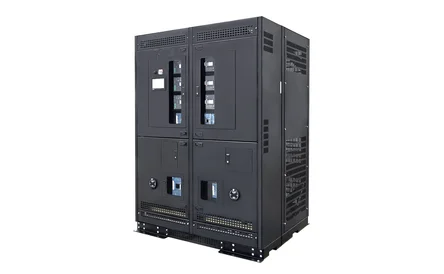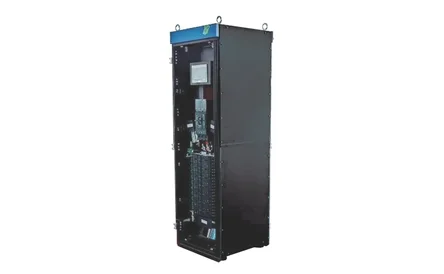Critical Power Solutions
Custom-built low voltage critical power solutions
nVent Critical Power Solutions engineers precision low-voltage equipment designed for the unique power distribution challenges of modern data center infrastructure.
Our low-voltage switchgear products power control systems, data networks, security systems, audio/visual equipment, and other specialized devices requiring lower power levels. This enables functions such as automation, monitoring, access control, and communications within a facility while maintaining safety and energy efficiency compared to medium and high voltage systems.
Proudly manufactured in the United States, our products reflect quality craftsmanship and are backed by full-service support through every step of the process – design, build, testing, start-up, and field services.
Our team carefully selects components like power supplies, wiring, control devices, and enclosures based on specific site requirements. We approach each customer with a custom solution to integrate with existing systems, tailoring our designs to match your facility’s unique operational needs. Our engineers and system integrators partner with you to ensure optimal functionality and compliance.
nVent’s custom design framework for critical applications
nVent’s framework for critical power solutions ensures every system is tailored to your unique needs, delivering reliability, efficiency, and safety at every stage—from initial assessment to final integration.
- Needs Assessment – Our team conducts a thorough analysis of your site’s power demands, layout, control requirements, and desired functionalities to identify the most suitable low-voltage components and system architecture.
- Component Selection – Based on environmental conditions (temperature, humidity, dust) and desired functionality, we can select appropriate power supplies (AC/DC), control devices (PLCs, HMIs, relays), and enclosures. Our equipment can integrate different breakers, fuses, and metering devices from all top major manufacturers.
- System Design – Create a customized circuit diagram, considering power distribution, cable routing, and signal management to optimize system performance and minimize interference.
- System Integration – Connect the new low-voltage equipment to existing industrial controls, sensors, actuators, and communication networks to ensure seamless operation. We have the ability to package low-voltage equipment into modular enclosures and skids for rapid site deployment.
- Redundancy – Incorporate backup power sources and fault detection mechanisms to maintain critical operations in case of power fluctuation or component failure.
- Safety Considerations – Design the system to comply with relevant safety standards, including proper grounding, overcurrent protection, and voltage limitations.
Key Benefits of Low-Voltage Products
- Efficiency: Provides rapid response and fast project turnaround times
- Flexibility: Low power enables easy integration of various systems and devices
- Cost-Effective: Lower power consumption can lead to reduced operational costs
- Reliability: Dedicated low voltage systems provide stable power for critical applications





